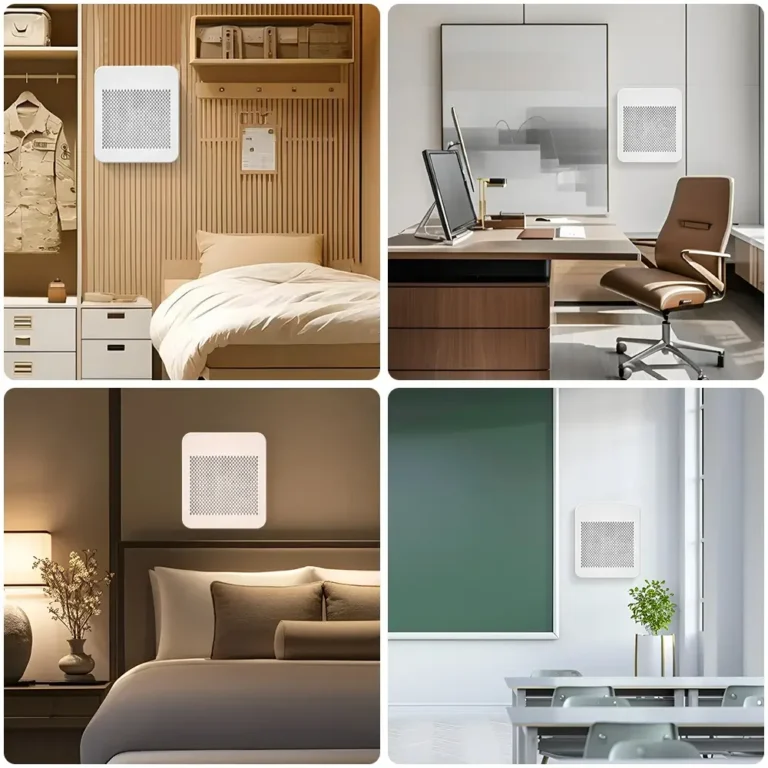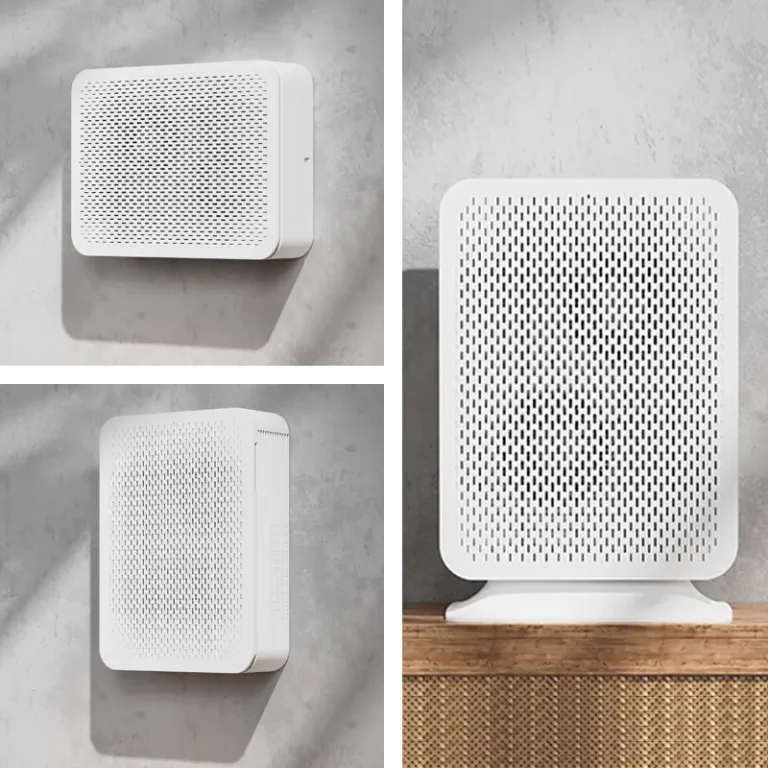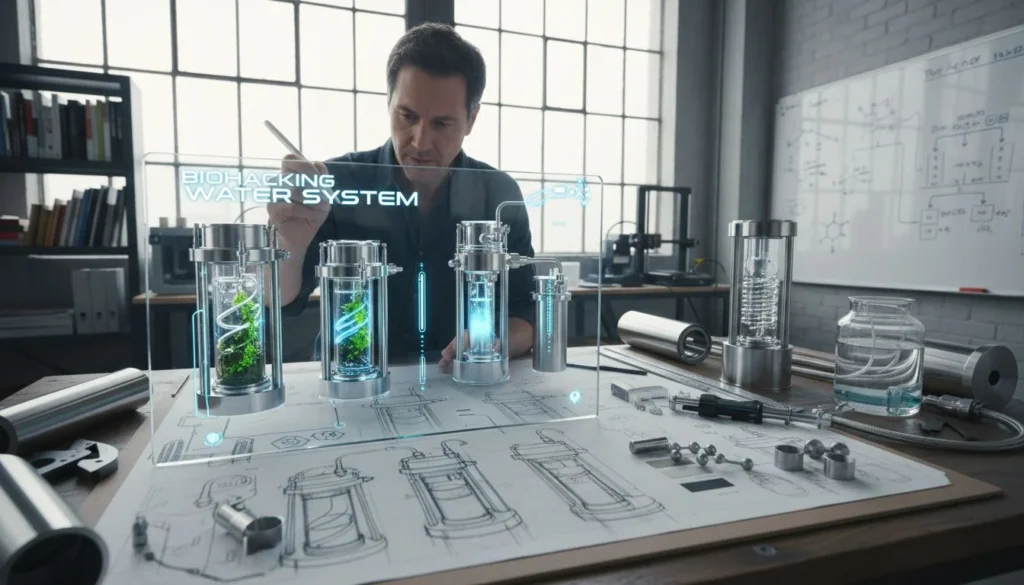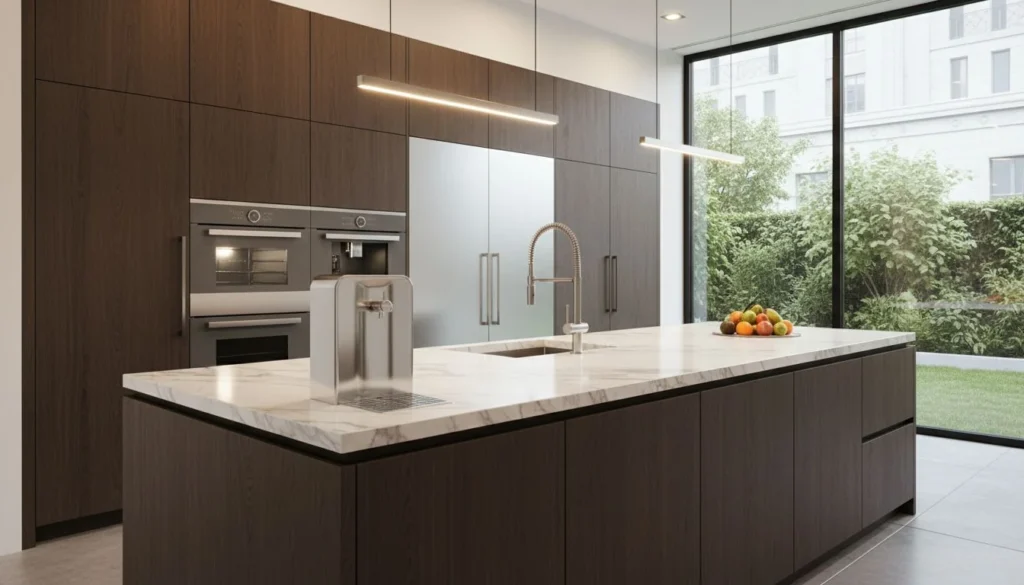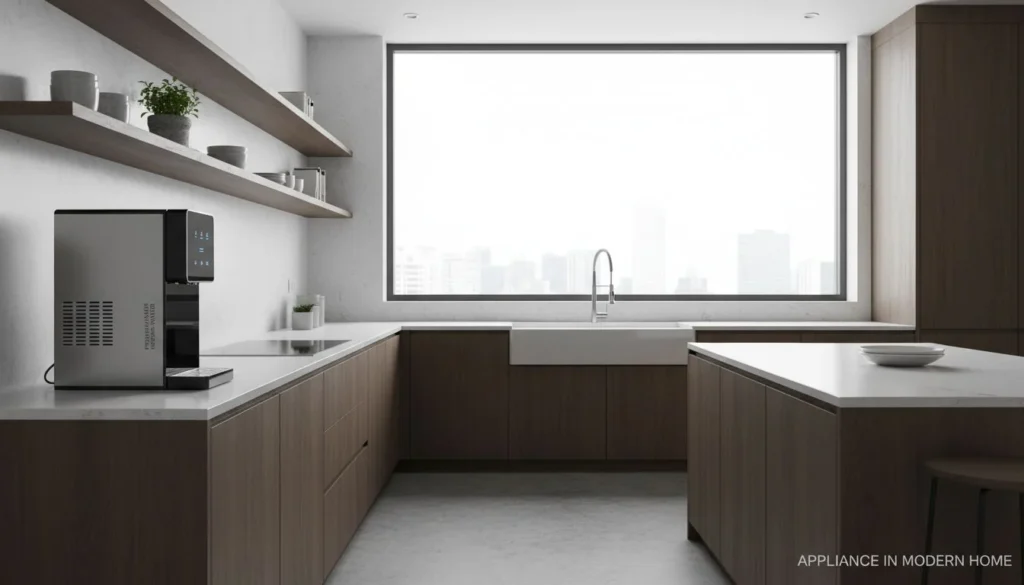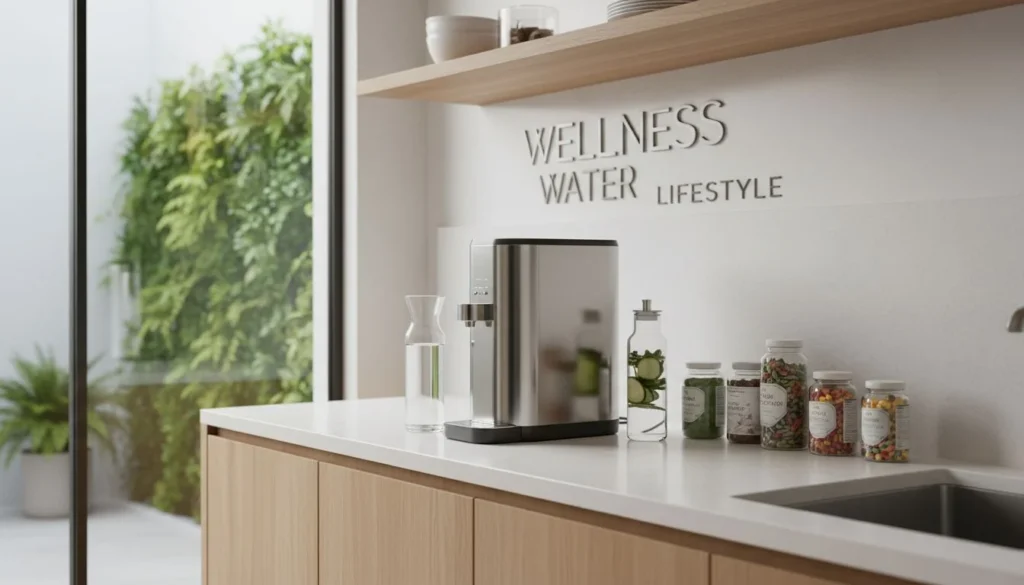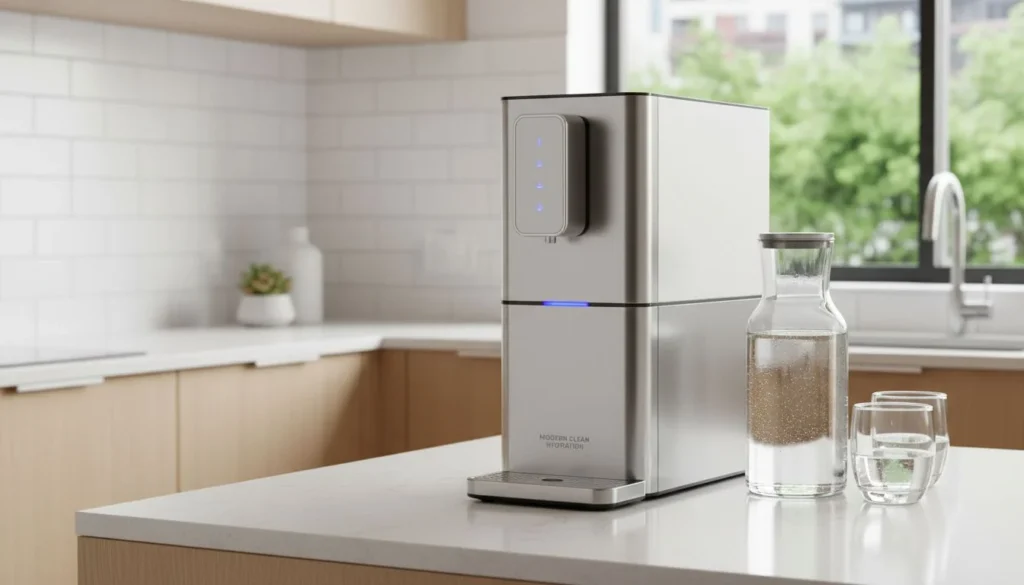空気清浄機を正しく設置することで、空気中の汚染物質を除去する能力が飛躍的に向上する。しかし、実際にはどこに置くべきなのか?この問題に関して覚えておくべきことは何だろうか?その答えを見つけるために、この先をお読みください。
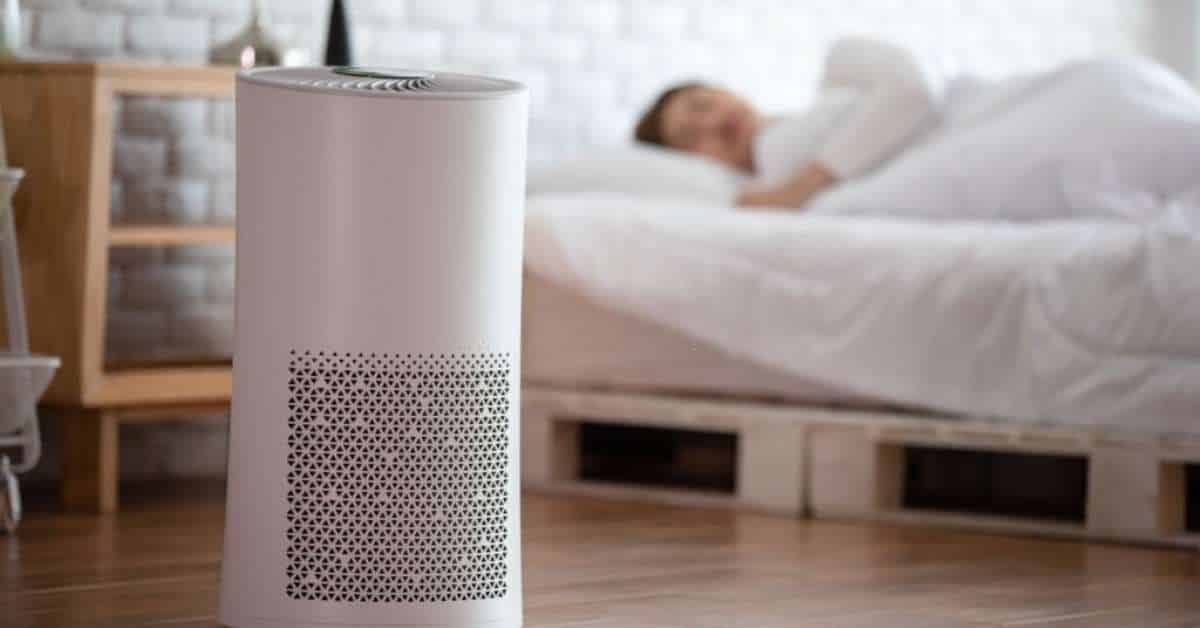
画像出典:iStockphoto
空気清浄機は、室内の空気環境を改善するために不可欠なツールです。これらの空気清浄機は、包括的なろ過システムを使用して空気中の汚染物質を除去するように設計されています。フィルターによって、空気清浄機はアレルゲン、病原菌、粒子状物質、ガス状物質を除去することが可能です。 以下のような高品質の空気清浄機がある。 ヒソエア社製空気清浄機は、空気中に浮遊する汚染物質を除去するのに優れた効率を発揮する。しかし、空気清浄機の品質はさておき、その設置場所が全体的な性能を左右することを知っておく必要がある。
空気清浄機はどこに置くべきか?空気清浄機が必要な場所
よりきれいな空気を得て、空気清浄機の消費電力を最適化することは、特にパンデミック時には、まさにケーキの上のチェリーである。
1.ホーム
2.病室
3.レストラン
4.ジム
5.ホテル&クルーズ船
#1 ホーム

戸締りや在宅勤務、在宅学習が続く現在、私たちの多くは自宅で過ごしている。空気消毒機は、家庭内に再循環している悪臭のある空気を回復させるのに役立ちます。また、室内の空気汚染を減らし、炎症や呼吸器感染症の原因となるバクテリア、ほこり、微生物から空気を浄化します。
空気清浄機を家のどこに置くか?
家の中で空気清浄機を置くことができる場所を紹介しよう。
- リビングルーム - 人々が集まり、長時間滞在する場所。
- ダイニングルーム - さまざまな匂いや臭いがどこから来るのか
- ベッドルーム - 睡眠中の呼吸器への刺激や喘息の引き金を減らす
家の中で一番長く過ごす場所は?あまり使わない部屋は?
空気清浄機は寝室に1台、リビングにもう1台置くのが目安だ。
ワンルーム・アパートなら 卓上空気清浄機 これはあなたの家の広さをカバーしている。
#2病院

Covid19の施設では、空気清浄システムを使用することで、感染した空気を吸収し清浄化することで、病気の蔓延を抑えることができる。
高性能のフレッシュ・エア・マシンは、以下のことを可能にする。 コロナウイルスから室内の空気を浄化し、ろ過する。 .マスクやPPEの適切な着用に加え、手洗いやマスクの使用も重要である。 アルコール手指消毒剤 空気清浄機は、病院の感染対策として加えることができる。
病院のどこに空気清浄機を置くか?
を置くことができる。 病院仕様の高性能空気清浄機 感染のない空気を送り、循環させる。
- 感染した患者や病室の近く
- エアロゾル発生場所またはAGPルーム
- 調査中の患者(PUI)が搬送される閉鎖車両
- 病室
- 手術室
#3レストラン

レストランは ハイリスク環境 食事をするときはフェイスマスクを外す。そして、たとえそれが 各企業は予防策を講じている テーブルの間隔を6フィート(約1.5メートル)に保ち、収容人数を減らすことで、CDCはオンサイト・ダイニングを以下のように分類している。 リスクの高い活動.
そこで 強力なトゥルーHEPA空気清浄機 HEPA空気清浄機は、空気汚染物質やウイルスを減少させ、コロナウイルス感染から飲食客やレストランスタッフを守ります。真のHEPA空気清浄機は、社会的距離を置くこと、適切な換気、除菌と並んで、レストランの補足的な防御戦略となり得る。
さらに、UVフィルターやHEPAテクノロジーを搭載した空気清浄機は、病気の原因となる微生物を捕捉・死滅させ、より安全な室内環境を提供することができる。
#4ジム

スポーツジムは、汗をかき、激しい呼吸をする場である。このような施設では、特に適切な換気が行われていない場合、感染した悪臭のある空気が循環し、人々に高いリスクをもたらす可能性がある。
によると カリフォルニア州環境保護局 運動をしている男女は、座っているよりも40リットル多く空気を吸っている。フィットネスセンターは、二酸化炭素、ほこり、ホルムアルデヒドなどの空気中の化学物質で満たされる傾向がある。また、換気や空気ろ過が不十分なジムもあるため、大気汚染レベルは高い。
レストランと同様、ワークアウト施設でも、運動中の空気消費量が増えるため、毎分新鮮な空気が必要となる。
ワークアウト施設やジム向け、 業務用空気殺菌清浄機 は、HEPAフィルターを通して微粒子や有害ガスを減少させることができる。このフィルターを通して、VOC(揮発性有機化合物)も活性炭メディアを通してろ過される。
そして ホームジム用空気清浄機 社内にジムがあり、そこで家族と一緒にグループエクササイズをしている場合。
#5ホテル
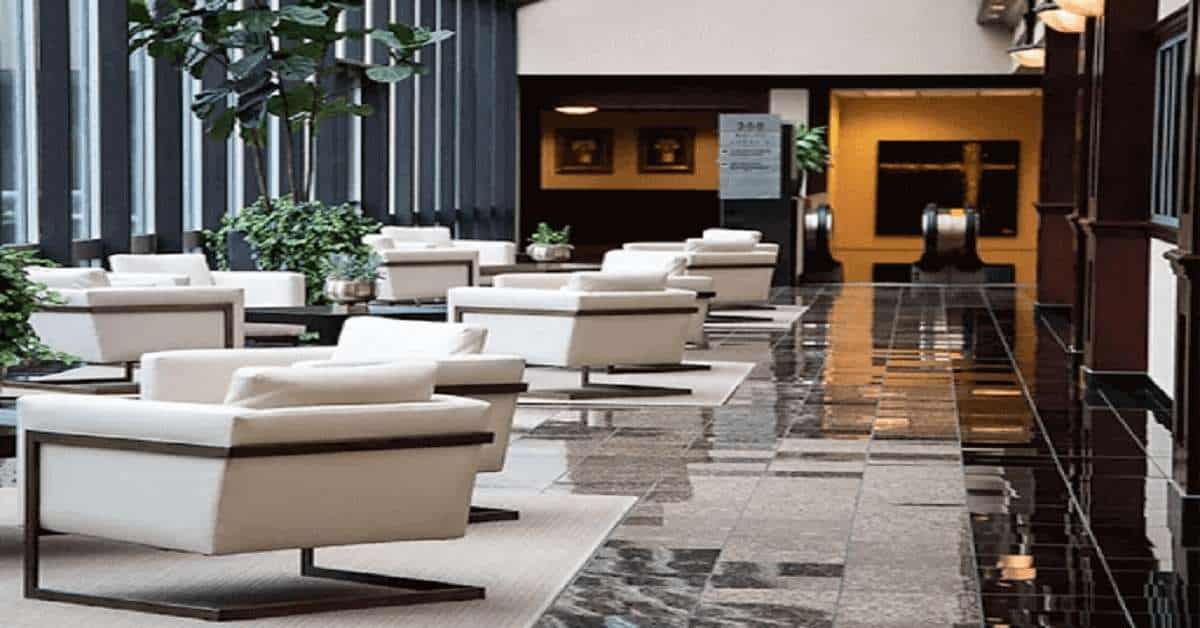
ホテルやクルーズ船は、人々がくつろいだり、出張のために滞在したりする場所であるため、Covid-19が広がりやすい。従って、このような場所では病院グレードのHEPA空気清浄機を使用し、人々の安全対策を強化する必要がある。
テキサス州ホテル・パソ・デル・ノルテの総支配人、カルロス・サルミエント氏は、「このような状況下でホテルが提供できる最高のアメニティは、特に空中での安全性です」と語った。
ホテルの空気清浄機 は、煙、臭い、ほこり、アレルゲンからの保護をさらに高める、よく設計されたHVACシステムにプラスである。
空気清浄機を置く場所は重要か?
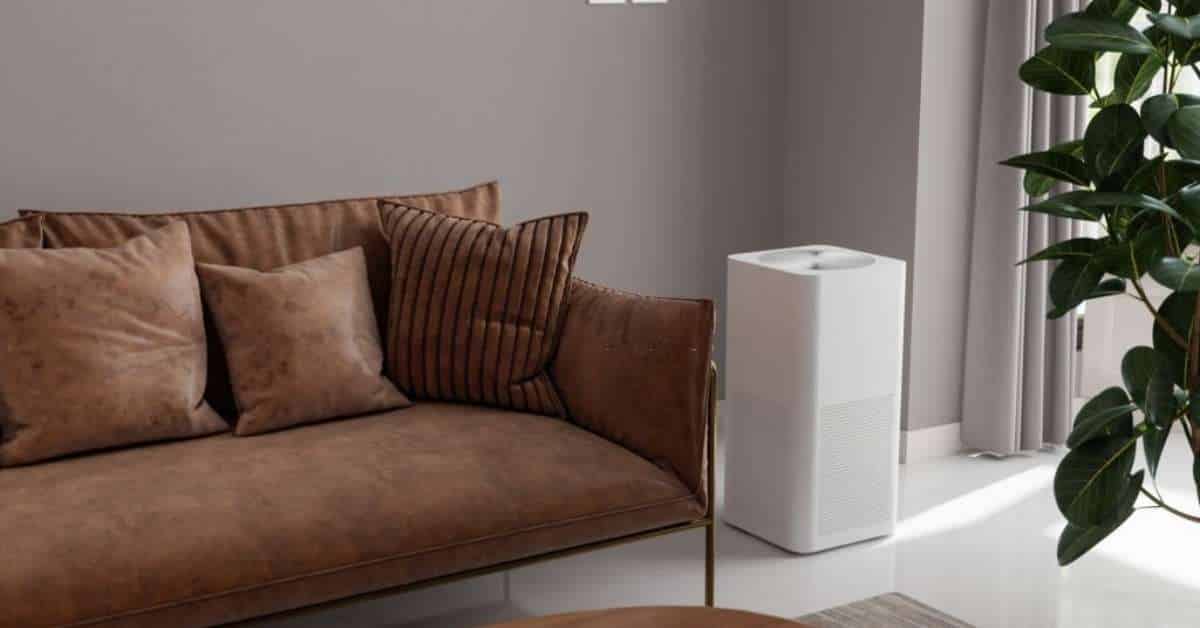
画像出典:iStockphoto
そうだね。もちろんです。これまで述べてきたように、空気清浄機の設置場所によって、その性能が向上することもあれば、低下することもある。正しく設置すれば、一定時間内に大量の空気を処理することができます。どんなに強力な空気清浄機でも、最も戦略的で理想的な場所に設置する必要があります。
高くそびえ立つ家具の真ん中など、間違った場所に設置された空気清浄機は、その性能を十分に発揮することができない。空気を十分に吸い込むことができず、空気中の汚染物質が拡散し続けることになる。
空気清浄機を適切な場所に設置することで、空気清浄機の能力を最大限に引き出すことができます。これは、空気清浄機がその役割を確実に果たすための、シンプルだが効果的な戦略である!
空気清浄機の設置場所を決める要因
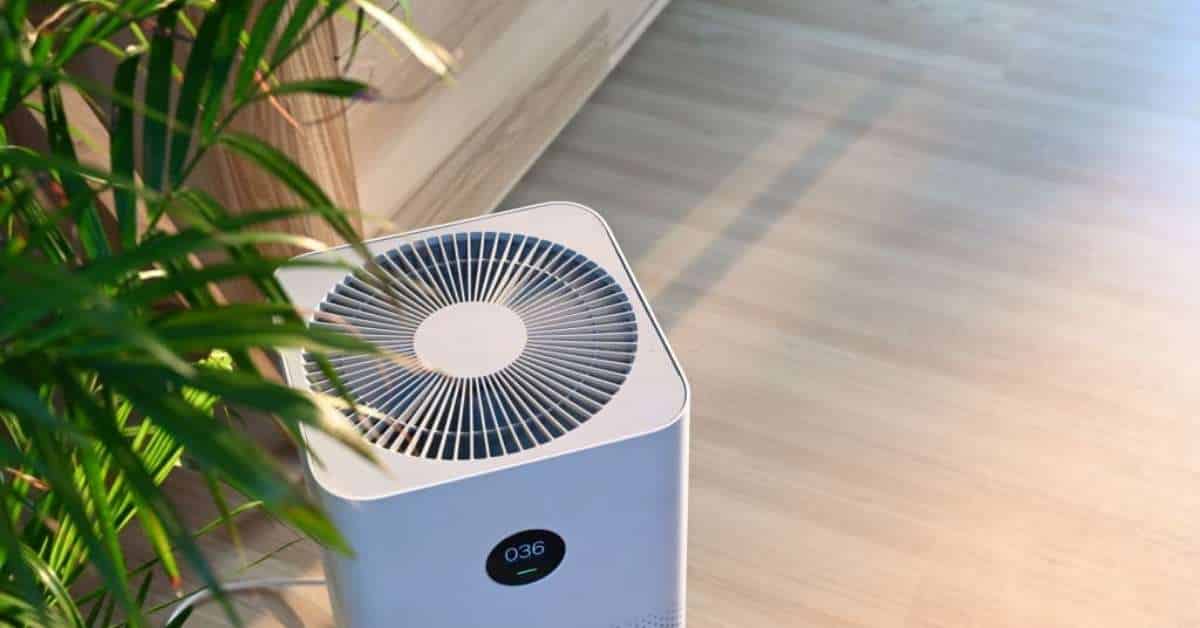
画像出典:iStockphoto
空気清浄機を部屋や居住空間に設置する場合、ある側面が理想的な配置に影響することがある。具体的には、物理的な検討事項とは別に、使用者である自分自身や家族のメンバーを考慮する必要がある。
時々、これらの空気清浄機は人によっては過敏症の問題を引き起こすかもしれません。これらの空気清浄機が一般的に無害であることは事実だが、それでも使用中に問題が発生しないように注意を払うことは不可欠である。
具体的には、自分のニーズレベルと汚染物質に対する感受性を評価する必要がある。
アイズ
驚くべきことに、空気中の汚染物質にさらされると、ドライアイ症候群を引き起こす可能性がある。この症状は、涙が出なくなるというものである。現在、米国では400万人以上の人々(50歳以上)がこの問題を経験していると推定されている。
によると 米国環境保護庁室内の空気汚染は、ドライアイの一般的な原因です。現在このような症状が出ている人は、空気清浄機を身近に置くか、寝室、台所、居間など、家の中でよく過ごす場所に置くとよいでしょう。
鼻
もちろん、これらの室内汚染物質から最も大きな打撃を受けるのは鼻である。結局のところ、あなたはこれらの空気中の汚染物質を吸い込む傾向がある。空気清浄機がなければ、体が許容する以上のものを吸い込んでしまうことになる。
鼻が他の人に比べて過敏な人もいる。そのため、汚染物質が鼻腔を通過すると、すぐに炎症を起こしてしまう。このため、空気清浄機はあまり近くに置かないことが重要だ。結局のところ、空気清浄機は汚染物質を吸収するということを念頭に置いてください。空気清浄機があなたの近くにありすぎると、あなたも大量の空気中の微粒子を吸収することになります。
いつものように、空気清浄機は物や人との間にある程度の間隔があることを確認してください。空気清浄機に仕事をさせるのです。
アレルギー反応
空気清浄機の設置で重要な要素のひとつは、アレルギー反応を起こしやすいかどうかだ。そのため、アレルゲンとなりうるものが存在する部屋に空気清浄機を設置する必要がある。
例えば、ドアや窓のある場所には空気清浄機を設置する。使用中 アレルギーシーズン花粉のような空気中の汚染物質は、アレルギーの発作を頻繁に引き起こします。これらの粒子は小さいので、室内空間に侵入するのは簡単です。窓やドアのちょっとした隙間が、こうした微小な汚染物質の大きな入り口となるのです。
空気清浄機は、身体への潜在的な影響を打ち消すことができる。より迅速に空気を浄化するために、大型の空気清浄機に投資しましょう。
空気清浄機をさまざまな場所に設置するヒント
空気清浄機の理想的な設置場所は、部屋や空間のタイプによって異なります。寝室であれ、バスルームであれ、最も有益な結果を得るためには、これらの空気清浄機を正しく配置する必要があります。ここでは、あなたの部屋、家、その他の生活空間に使用できる理想的な空気清浄機の簡単なランダウンを紹介します。ぜひチェックしてみてください!
空気清浄機の設置場所の概要(ブランド空気清浄機を推奨)
| 空気清浄機が必要な場所 | 推奨空気清浄機 | カバレッジ | CADR |
|---|---|---|---|
| ガレージ用空気清浄機 | ヒソエア モデルHA-1601 | 55~94平方メートル | 800 m3/h |
| オープン・フロア・プラン用空気清浄機 | ヒソエア・モデルHA-1968 | 90~180平方メートル | 1500 m3/h |
| 小空間用空気清浄機 | ヒソエア・モデルHA-139 | 28~48平方メートル | 400 m3/h |
| 地下室用空気清浄機 | ヒソエア・モデルHA-138 | 49~84平方メートル | 707 m3/h |
| ヘアサロン用空気清浄機 | ヒソエア・モデルHA-139 | 28~48平方メートル | 400 m3/h |
| デスク用空気清浄機 | ヒソエア モデルHA-W400 | 30~50平方メートル | 444 m3/h |
| キッチン用空気清浄機 | ヒソエア モデルHA-1601 | 55~94平方メートル | 800 m3/h |
| 大型地下室用空気清浄機 | ヒソエア・モデルHA-1968 | 90~180平方メートル | 1500 m3/h |
| 教室用空気清浄機 | ヒソエア・モデルHA-1968 | 90~180平方メートル | 1500 m3/h |
| ベビールーム用空気清浄機 | ヒソエア・モデルHA-138 | 49~84平方メートル | 707 m3/h |
| 寮用空気清浄機 | ヒソエア・モデルHA-139 | 28~48平方メートル | 400 m3/h |
自動車
ガレージはHVACシステムに接続されていないため、空気清浄機のサービスが必要です。そのため、ガレージの空気の質は、敷地内の他の場所よりもずっと悪い可能性があります。アレルゲン、ホコリ、バクテリア、ウイルスが一般的に存在します。ガレージに空気清浄機を置く場合は、障害物のない場所を選びましょう。やはり、最大限の空気の流れを確保したいものです。同時に、ホコリやスプレー塗料など、粒子状汚染物質の発生源の近くに設置することも考慮してください。
オープン・フロア・プラン
オープンな間取りでは、スペースが問題になる。できるだけ、適切な範囲をカバーする空気清浄機を選ぶべきだ。例えば、オープンフロアの面積が700平方フィートの場合、空気清浄機の有効範囲は少なくとも700平方フィートであるべきだ。
こうすることで、空気清浄機をそのスペースに置く自信がつく。開放的な間取りには、最小限の部屋と閉ざされた空間があります。そのため、空気清浄機をエリア全体の真ん中に自由に置くことができます。障害物や制限がなければ、空気清浄機はできるだけ多くの汚染物質を捕らえることができる。
間取りの天井が高い場合は、空気清浄機を高い位置に置くとよい。
小さな空間
狭い空間では、空気清浄機を設置できる面積は限られている。部屋が散らかっていて、物がたくさんあるとしましょう。そうなると、空気清浄機のようなかさばる可能性のあるものを置くのは難しいということになります。
そんなときに必要なのが、持ち運び可能なパーソナル空気清浄機だ。これらの空気清浄機はコンパクトな構造なので、テーブルなどの特定の家具や台の上に簡単に置くことができる。
空気清浄機が部屋の中央部や障害物のない場所に置かれていることを確認してください。横に置くことはできますが、壁に押し付けないでください。
地下室
地下室はたいてい何もないか、物が少ない。もし、あなたの環境と同じなら、空気清浄機を部屋の真ん中に置いても構わない。そうすれば、空気中に浮遊するカビを吸着することができる。空気清浄機は、その場所のカビ臭さを取り除くこともできる。
地下室は天井が低いので、空気清浄機を高い位置に置く必要はない。地面の上に置いておけばいいのだ。
地下室に水漏れがある場合は、きちんと修理してください。水が空気清浄機のシステムを通り抜け、破損する可能性があります。修理がまだ途中の場合は、装置が水漏れの邪魔にならないようにだけ注意してください。
ヘアサロン
ヘアサロンにはさまざまな汚染物質があふれている。例えば、マニキュアに含まれるアセトンやホルムアルデヒドは、皮膚や目に炎症を起こす可能性がある。その他の潜在的な汚染物質には、ヘア製品から発生する臭い、煙、蒸気などがある。
有害化学物質の脅威から、ヘアサロンには空気清浄機が必要である。サロンは通常、スタッフやお客の出入りが多いので、その中心部に空気清浄機を置くのはかなり難しい。次善の策として、人の出入りが気にならない場所に空気清浄機を置くことをお勧めします。
角や壁に直接置かないでください。そうすることで、空気清浄機が室内の空気を吸収し、再分配することができなくなります。可能であれば、汚染物質が過剰な場所に空気清浄機を設置する。例えば、サロンのあるエリアがすでに化学物質の臭いで刺激的である場合、空気清浄機はそこに置くべきです。
オフィス
オフィスでは、机の上に空気清浄機を置くのが一般的だ。これまで述べてきたように、こうした空気清浄機はコンパクトなものが多い。大きくはないし、風量もフルサイズの空気清浄機ほど強くない。その一方で、個人的な空気浄化の効率は高い。空気清浄機が小さく、静かで、残留物がない限り、オフィスのテーブルの上に置くことができる。
もちろん、目の前に置かないのは自由だ。テーブルの隅や端に置いてください。そうすれば、用事をするときに邪魔になりません。同時に、うっかりつまずいたり、ひっくり返ったりするような場所には置かないようにしましょう。
やむを得ない場合は、代わりに壁掛け式の空気清浄機を設置することを検討してみてはどうだろう。コンパクトな空気清浄機よりも邪魔にならず、カバー範囲も広い。
キッチン・クッキング
食器や調理器具が臭くなるまでは、料理は楽しくておいしいものだ。きっとあなたも、このような臭い状況に慣れていて、このような地獄のような試練を終わらせたいと切に願っていることだろう。空気清浄機は、空気中の臭いを除去するのに効果的で、特に高品質のカーボンフィルターが装備されていればなおさらだ。それゆえ、キッチンに適しているのだ。
このセッティングの場合、空気清浄機は、散歩している人やぼんやりしている人の邪魔にならないようにする必要がある。決して真ん中に置くべきではありません。カウンターの上にも置いてはいけない。空気清浄機は汚染物質を吸収することを念頭に置いてください。料理や食材の近くに置くと、汚染される可能性があります。そのため、空気清浄機は床に置く必要がある。壁際に置くこともできますが、壁際には置かないでください。
広い地下室
前述したように、地下室も空気中の汚染物質の拡散の影響を受けやすい。カビの問題がある場合は特にそうです。空気清浄機は、地下室のこうした汚染物質を効率的にコントロールするのに役立ちます。地下室が広い場合は、CADR(Clean Air Delivery Rate)の高い大型の空気清浄機が必要です。これにより、空気清浄機をどこに置いても、確実に空気を処理することができます。
繰り返しになるが、空気清浄機の理想的な設置場所は、何にも邪魔されない場所であるべきだ。理想的なのは、部屋の空気を均等に浄化・拡散できるように、真ん中に置くことだ。地下室は天井が高くないので、空気清浄機は床に置いても問題ない。
教室
教室や学校には、空気中の汚染物質もあふれている。建材、ほこり、花粉など、教師も生徒もこれらを吸い込んでしまう可能性がある。これは彼らのパフォーマンスに影響を与える可能性がある。
このセッティングでは、空気清浄機は学習の邪魔にならない場所に置く必要がある。従って、空気清浄機は見えない場所、聞こえない場所の奥に置くのがベストである。空気清浄機を正面に置く必要はありません。邪魔になるだけです。空気清浄機が十分にパワフルである限り、教室内の空気汚染物質の問題に対処することができます!
ベビールーム
赤ちゃんは病気にかかりやすい。実際、ホコリなどの汚染物質に軽く触れただけで、すでに病気になってしまうこともあります!そのため、子供部屋やベビールームには空気清浄機を置くことが不可欠です。ここで1つの鉄則は、空気清浄機を赤ちゃんのベビーベッドに近づけすぎないことです。騒音もさることながら、空気清浄機が赤ちゃんの近くにあると、空気清浄機が空気を吸収している間に、赤ちゃんが潜在的な汚染物質にさらされる可能性があります。
空気清浄機は、赤ちゃんから少なくとも3~5フィート離して置く。高い場所に置くか、床に置くか、どちらでも構いません。そうすることで、赤ちゃんの眠りを妨げることなく、連続運転が可能になります。
寮
寮の室内空気の質 はしばしば疑わしい.結局のところ、これらの寮は一過性の人々で満たされている。定期的に掃除しないと、すぐにホコリが溜まってしまう。 ホコリ、ゴミ、アレルゲンは寮にも簡単に侵入する。部屋や宿舎のドアや窓は開いていることが多いので、こうした場所に空気中の汚染物質が蓄積するのはもはや驚くことではない。
空気清浄機を部屋の中に置く。空気清浄機が小さくて軽い場合は)床の上かテーブルの上に置いてください。また、寮の部屋の広さも見極めてください。狭くて窮屈であれば、コンパクトな空気清浄機に頼るしかない。十分な広さがあれば、大型の空気清浄機を購入し、障害物のない場所に置くことができる。
ドアの近くに空気清浄機を置くのはやめましょう。特に窓を定期的に開けることが多い場合は、窓際に置くのがよいでしょう。
各部屋に空気清浄機を置くべきか?
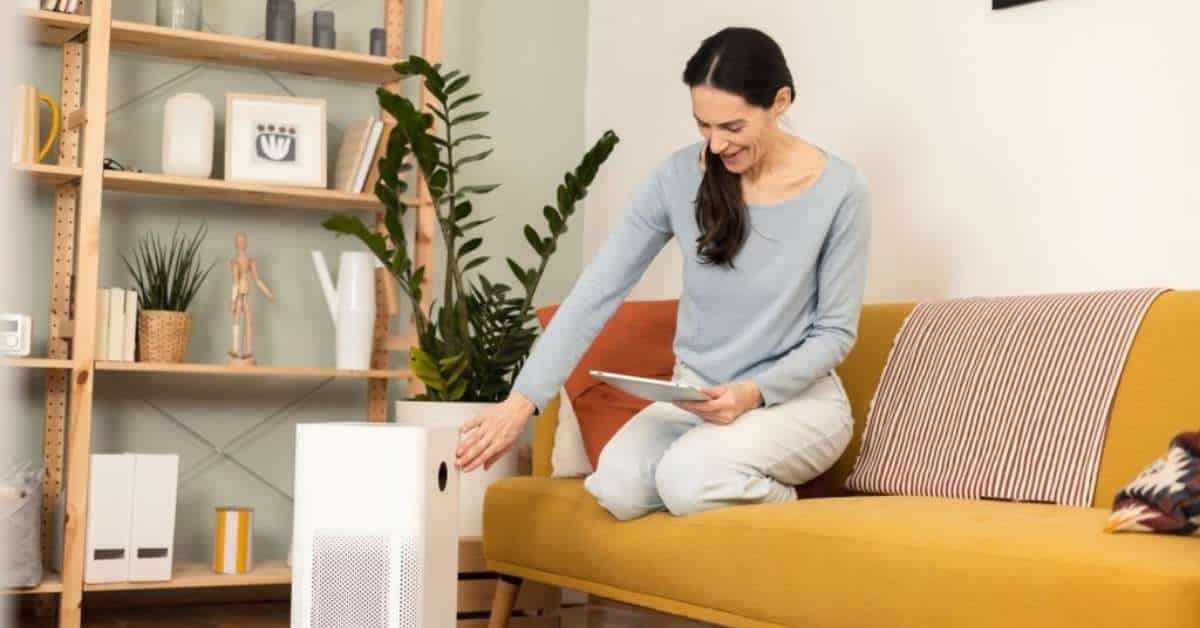
画像出典:iStockphoto
そうとは限らない。広い面積をカバーできる全館空気清浄機がある。こうした全館空気清浄機なら、1台で室内の空気を簡単に清浄に保つことができます。しかし、各部屋に空気清浄機を設置することもできます。これは、全館空気清浄機がない場合や、家の特定の部分(寝室やキッチンなど)にパーソナライズされた空気清浄機が欲しい場合です。
家庭、病院、レストラン用に空気清浄機を購入する前に、以下の点を考慮してください:
- COVID-19の蔓延を防ぐために空気清浄機が必要と思われる部屋は、お住まいの地域でどの部屋に住んでいる人が多いですか?
- 工場、家屋、事業所の中に、ほこり、煙、化学物質など、空気の質に問題がある場所がありますか?
- 適切な空気清浄機の機能(CADR)をマッチングさせるために、部屋のサイズ(平方フィート)を知る。
空気清浄機はどっちに置く?
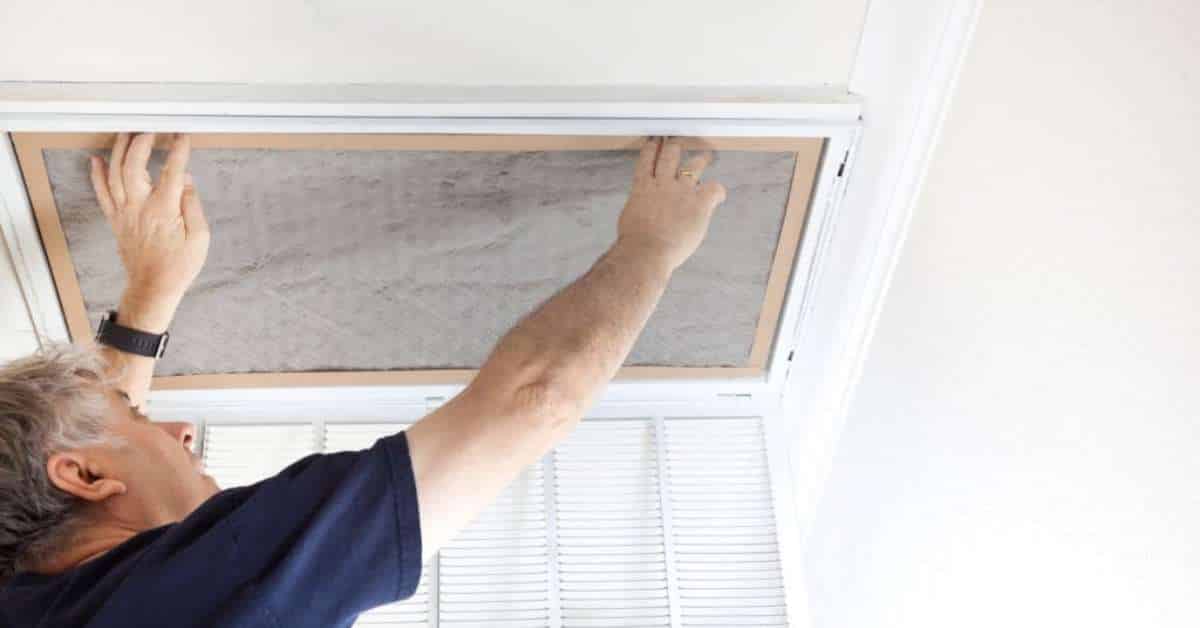
画像出典:iStockphoto
空気清浄機の効率は、設置する場所に左右される。邪魔なものがなく、適切に作動することを確認する必要があります。
同時に、空気清浄機は特定の方角に置くとより効果的であることも知っておく価値がある。これらのことを詳しく調べてみよう:
高いか低いか?
空気清浄機を高い位置に置くかどうかを決める必要があります。空気清浄機は、できるだけ多くの空気を吸収できるように、高い位置に置かなければならない場合があります。
空気清浄機の中には、風量が弱いものもある。そのため、周囲の空気をまるごと吸収できるとは考えられない。縦に高い空間がある家では、小型の空気清浄機では難しいだろう、 ポータブル空気清浄機 包括的な補償を提供する。
この時点で、より広範囲をカバーする空気清浄機は、より効率的な空気清浄結果を提供できることがわかる。何しろ、可能な限り多くの空気を吸収できるのだから。
タワー型空気清浄機は、本体が高く、空気を吸収・拡散できるようになっている。低い位置に設置するタイプの空気清浄機でも、特に垂直の空間が多い場所に住んでいない場合は、十分な効果を得ることができる。
二階または一階
空気清浄機を2階に置くか1階に置くかはあなた次第です。通常、全館型の空気清浄機であれば、このようなジレンマに悩まされることはない。しかし、カバー範囲が限られている一部屋用の空気清浄機の場合は、緊急性を基準に決める必要がある。
ほとんどの場合、空気清浄機は1階に置かれる。なぜなら、人の出入りが多い場所はほとんど1階だからだ(キッチン、リビングルーム、バスルームなど)。汚染物質が2階よりも1階の方が多いのであれば、1階に置くのは理にかなっている。
もちろん、2階にも空気清浄機を置くといいだろう。寝室は通常、ダニや花粉といった空気中の汚染物質が増殖しやすい場所だ。子供や赤ちゃんがいて、彼らの部屋が2階にある場合は、そこに空気清浄機が必要だ。
コストに見合うだけの空気清浄機を各部屋に設置し、空気中の隠れた汚染物質から確実に身を守りたい。
床かテーブルか?
空気清浄機は、大きすぎる場合は床に置くべきである。たとえ頑丈でも、重くてかさばる家電製品をテーブルの上に置いてはいけない。テーブルに傷がついたり、へこんだりするからだ。
空気清浄機を入れることができるのは、ポータブルでコンパクトなモデルだけです。これらの空気清浄機は小型で、カバー範囲も狭い。しかし、個人的な使用には最適だ。例えば、自宅に専用の仕事部屋がある場合、これらの空気清浄機はテーブルの上に置いても問題ないはずだ。
それ以外の空気清浄機は床に置いたままにしておく。そうすることで、安定した動作が可能になる。同時に、床に置くことで、不意に倒れるのを防ぐことができる。ちょっとした動きで床に落としてしまい、機械に深刻なダメージを与える可能性がある。
空気清浄機を室内に設置する際の基本ルール
悪い空気がアレルギーや喘息を引き起こし、既存の病気を悪化させることは誰もが知っている。汚染された空気にさらされれば、病気からすぐに回復することはできない。空気清浄機は、空気中の汚染物質をろ過します。しかし、空気清浄機の効果を最大限に発揮させるには、最適な場所に設置する必要があります。手始めに、空気清浄機を置く理想的な場所を選ぶ際のガイドラインをいくつか紹介しよう。
#1 障害物や狭い場所を避ける

角や障害物の多い場所は、空気清浄機を置くのに最適な場所ではありません。短時間で汚染された空気を吸い込む妨げになるだけです。 空気清浄機は、物によって空気の流れが遮られるような場所に置くべきではありません。高い家具の真ん中、キャビネットの後ろ、大きな椅子やソファーなどには置くべきではありません。できるだけ、空気清浄機の四方に少なくとも3~4フィートの自由空間が必要です。そうすれば、空気清浄機の空気の流れが妨げられることはありません。もちろん、空気清浄機の設置スペースが広ければ広いほど、有害な汚染物質を除去する効率は高まる。小型の個人用空気清浄機であればなおさらだ。このような空気清浄機は気流が弱いため、できるだけ多くのスペースを確保する必要がある。
空気清浄機を置くのに最適な場所:
- 壁際
- 出入り口付近
- ドレッサーの近く
- テレビの反対側
ヒント#2.ドアの近くに置く
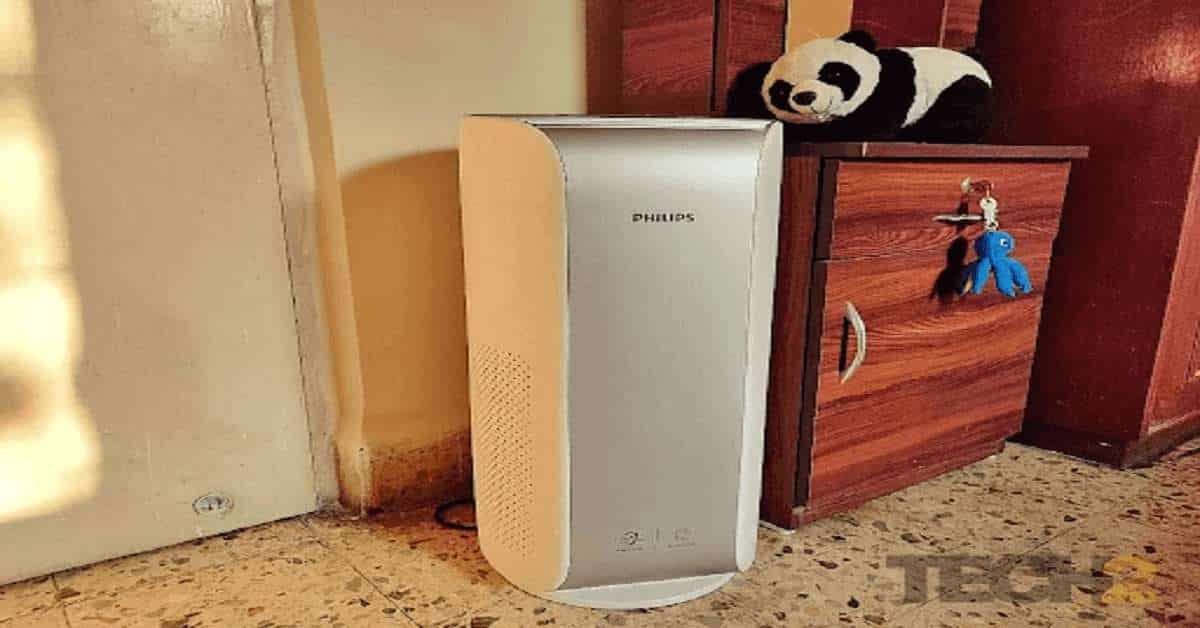
空気清浄機は、ほこりや汚染物質が多い玄関や窓の近くに置くことができる。汚れた空気が家やエリアに入ってきた瞬間、鼻に届く前にそのほとんどが空気清浄機によってろ過されます。
ヒント#3.お部屋の広さと空気清浄機のカバー範囲にご注意ください。
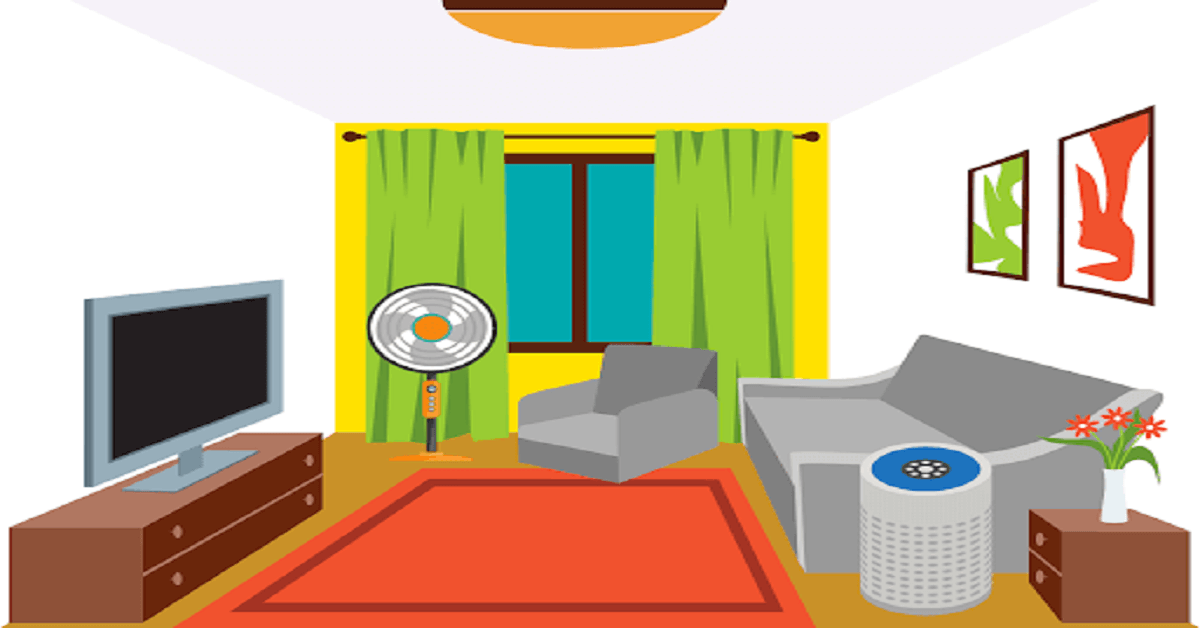
空気清浄機を選ぶ際には、2つの黄金律がある:
- 狭い部屋に大きな空気清浄機を選ばないこと、
- 広い部屋に小さなデスク用空気清浄機を選んではいけない
ですから、狭い部屋に大きな空気清浄機を使って空気をきれいにしようとお考えなら、考え直してください。一度ろ過された良い空気を再循環させても意味がないし、余計なコストがかかるだけだ。
反対に、デスクトップ型のような小型の空気清浄機を使って広い部屋を掃除しても、これもうまくいかない。汚染された空気が部屋にとどまるだけだ。
#4 エレクトロニクスから遠く離れて
時々、これらの空気清浄機をお気に入りの電子機器の近くに置きたくなることがある。しかし、それは禁物だ。そうしないと、これらの電化製品の動作に問題が生じるからだ。空気清浄機、特にデジタル式のものは、ラジオ、テレビ、コンピューターに干渉を引き起こす可能性がある。特に空気清浄機が近すぎると、それらの機器のWiFi接続を妨害することさえある。空気清浄機とこれらの電子機器との距離は、少なくとも5フィート(約1.5メートル)以上離す必要があります。遠ければ遠いほどよい。
#5 湿度の高い場所を避ける
湿度の高い場所に空気清浄機を置こうとすると問題がある。湿度が高いということは 空気が重い。 空気清浄機にとっても良くないことだ。 その理由のひとつは、重い空気を吸収するために空気清浄機をより働かせることになるからだ。もうひとつの理由は、重い空気がHEPAフィルターの効果を妨げる可能性があるからだ。一般的に湿度の高い場所は、バスルーム、キッチン、地下室などである。これらの場所には常に水が存在する。もちろん、室内汚染物質の一種であるカビも発生しやすい。そのため、空気清浄機をかけるだけでなく、除湿機を置く必要がある。これらの除湿機は、過剰な湿気を調整するのに役立つ。
#6 空気清浄機を置く 一般的な汚染物質に近い
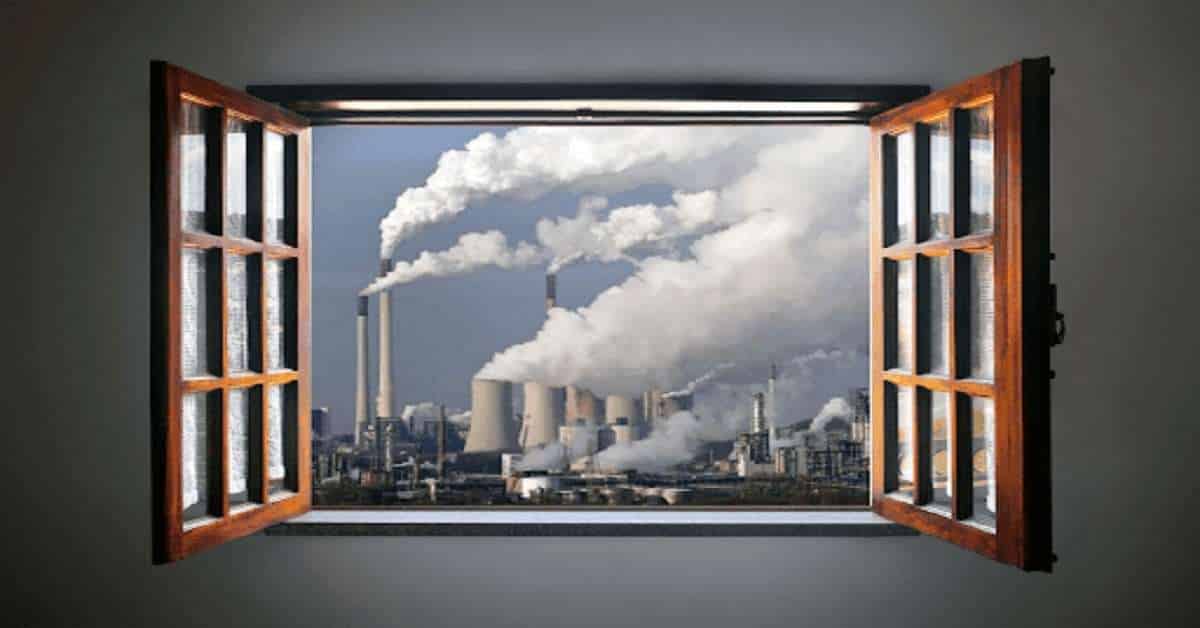
空気清浄機をディフェンダーとして扱おう。攻撃を受けているのであれば、空気清浄機を最前線に配置したいものだ。したがって、汚染物質が存在する場所に空気清浄機を設置するのは理にかなっている。例えば、ペットがリビングで遊ぶのであれば、空気清浄機はそこに置くべきです。寝室にはダニがいますか?そこにも空気清浄機が必要です。地下室にカビが発生していませんか?それは空気清浄機のサービスに値する。特に、空気循環のために数時間窓を開けることが多いのであれば、空気清浄機を窓に設置することを検討してもよいだろう。そうすれば、屋外の汚染物質の侵入を最小限に抑えることができる。 お住まいの地域や施設には、他の場所よりもほこりや汚染が多い場所があります。空気中の汚染物質がどこから来る可能性が高いかを調べ、空気清浄機をその近くに設置します。そうすることで、汚染物質が肺に到達する前に、業務用空気清浄機が汚染物質を捕捉することが可能になります。
#7 嫌な臭いのする場所に置く

猫トイレは悪臭を放つため、家庭を汚染する原因のひとつとなります。その他にも、喫煙所や快適な部屋、ダイニングの近くなど、不快な臭いを発する場所があります。
ペットを飼っている場合、空気清浄機はニオイだけでなくペットのフケも除去してくれる。
#8 HVACの吸気口に設置する。
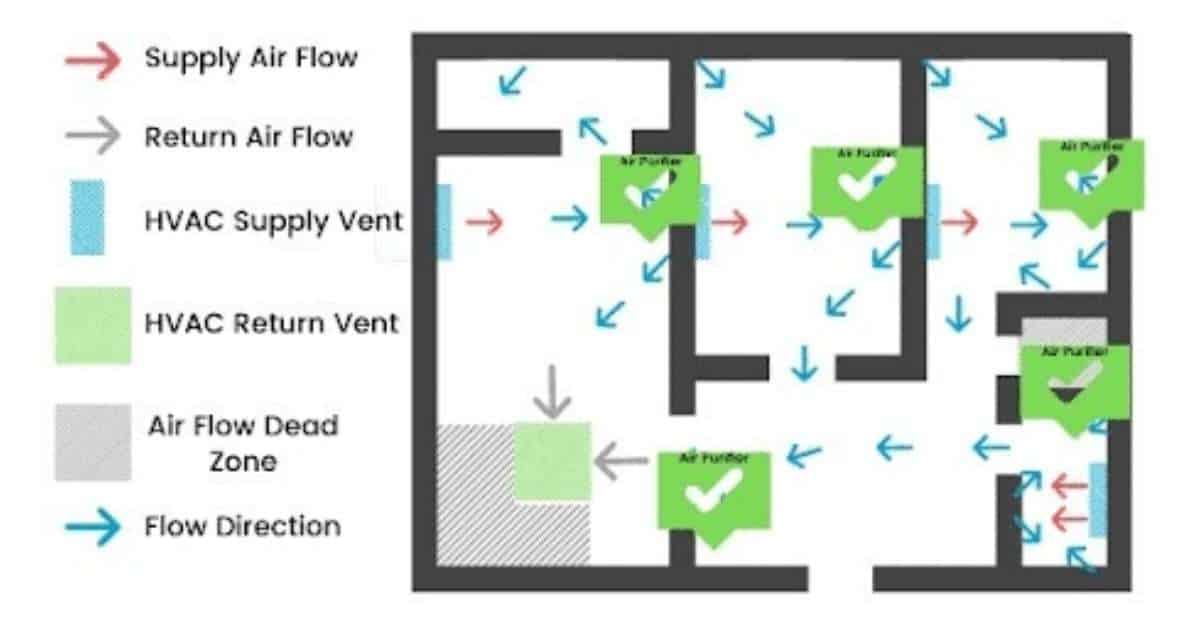
HEPA空気清浄機の使用を大幅に最適化するには、以下の場所に設置します。 空調システムは空気を吸い込む。 これにより、空気汚染や超微粒子が空調に取り込まれるのを防ぐことができます。上の写真のように、装置が給気口と乱流を起こさないように設置してください。
HVACシステムは、汚染された室内の空気を清浄化する効率はあまり高くない。そのため、吸気口に空気清浄機を設置することで、よりきれいな空気を室内に送り込むことができる。また、以下のような空気清浄機もある。 HVACシステムにあらかじめ組み込まれている これも同じ原理である。 強力な空気清浄機 AHAM認定空気清浄機これらのシステムは強力なモーターとファンを備えており、効率的に空気を吸い込むことができる。これらのシステムには強力なモーターとファンが搭載されており、効率的に空気を吸い込むことができる。空気清浄機が強力なエアフローを持っているかどうかは、清浄空気供給率で判別できます。
数値が高いほど、空気清浄機のパワーが高いことを意味する。 それでも、空気の流れが良い場所に空気清浄機を置くべきだ。そうすれば、空気清浄機の出力は倍増する。空気中の汚染物質をより速く、より大量に除去できる。したがって、空気清浄機を窓、ドア、壁に設置する必要がある。これらの場所では、空気が大きく動く傾向がある。
その他の懸念事項
エアフィルターは壁の中でどっちを向いているか?

画像出典:iStockphoto
あなたの家にフィルターが内蔵されているとしよう。それは良いことだ。つまり、空気中の汚染物質からあなたを守るメカニズムが追加されたことになる。もちろん、それは時々フィルターを交換する必要があることを意味する。結局のところ、空気清浄機と同じ働きをするのだ。
を挿入する。 新品のエアフィルターその矢印を探してください。この矢印はエアフィルターユニットの方を向いているはずです。リターン・エア・ダクトは、冷却または加熱される空気を送るものです。
本機を壁際に設置する場合は、フィルターの矢印を壁に直接向けてください。ユニットを天井に固定する場合は、矢印も天井に向ける。ほとんどのエアフィルターには、取り付けの目安となる矢印がついています。見つからない場合は、もう一度探してみてください。側面に矢印が印刷されている可能性があるので、探してみてください。
空気清浄機はどのくらいの時間つけたままにしておくべきですか?
状況による。結局のところ、空気清浄機は連続運転するように設計されています。停止しなくても問題はない。実際、室内の空気汚染が深刻な地域や物件では、こうした空気清浄機のノンストップ運転が推奨されている。
ただし、空気清浄機をオフにすることは可能です。外出先でスイッチを切ることもできる。また、就寝中や家の中に誰もいない場合にも同じことができる。
しかし、空気中の汚染物質が居住空間に残留していると思われる場合は、空気清浄機を稼動させておくことをお勧めする。
窓を開けたまま空気清浄機を運転すべきか?
明らかに、空気清浄機は隙間や継ぎ目が開いていない方が効果的だ。つまり、これらの装置は窓やドアが開いていない方が効率的なのだ。窓やドアを閉めれば、屋外の汚染物質が家に入ってくる可能性を減らすことができる。
しかしもちろん、ずっと閉めておくわけにはいかない。何らかの理由で窓を開けなければならない。このような場合、空気清浄機を稼働させておくべきなのだろうか?
実際、そうすることは許されている。しかし、窓を開けたまま空気清浄機を作動させると、その効果が減少することに留意してください。つまり、空気清浄機を使用している間は窓を閉めておくのが最善の方法なのだ。
窓が開いている部屋で空気清浄機を使用することにこだわるのであれば、空気清浄機のカバー範囲が広いことを確認してください。具体的には、部屋の面積よりも広い範囲をカバーできる空気清浄機でなければなりません。例えば、部屋の広さが300平方フィートであれば、空気清浄機は少なくとも400平方フィートの定格でなければなりません!
まとめ
空気清浄機は、ご家庭の空気の質を改善・維持する効果的な手段です。ホコリやチリ、アレルゲン、病原菌など、呼吸器系疾患の一般的な原因を取り除くことができます。
単体でもこの仕事は効率的にこなせる。しかし、適切な場所に設置することで、その性能を最大限に引き出すことができます。戦略的な配置は、エアフローと浮遊汚染物質を捕捉する能力を最適化するのに役立ちます。
もしあなたが大きな家、医療施設、または施設をお持ちなら、空気清浄機を置くべき場所を検討する必要があります。コロナウイルスに感染したり、ホコリや化学物質、花粉、アレルゲンによる病気から顧客や家族を守るためです。
| 部屋タイプ別空気清浄機 | 汚染物質別の推奨空気清浄機 | カバレッジ | CADR | お役立ちガイド |
|---|---|---|---|---|
| 病院 | ヒソエア HA-1601型(医療用空気清浄機) | 55~94平方メートル | 800 m3/h | 空気中のカビの胞子 |
| 商業地域 | ヒソエア・モデルHA-1968 | 90~180平方メートル | 1500 m3/h | 地下室のカビ臭さ |
| 車とゴミ | ヒソエア・モデルHA-139 | 28~48平方メートル | 400 m3/h | ラドン くんくん |
| オフィス&ワークスペース | ヒソエア モデルHA-W400 | 30~50平方メートル | 444 m3/h | 空中に浮遊する埃 |
| ヘアサロン ネイルサロン |
ヒソエア・モデルHA-139 | 28~48平方メートル | 400 m3/h | 季節性アレルギー |
| ホーム&キッチン | ヒソエア モデルHA-1601 (カビ用空気清浄機) | 55~94平方メートル | 800 m3/h | ホルムアルデヒド キッチンの料理臭 |
| ホテルの部屋 | ヒソエア・モデルHA-1968 (空気清浄機 ホルムアルデヒド) | 90~180平方メートル | 1500 m3/h | ダスト |
| 学校・教室 | ヒソエア・モデルHA-1968 (煙用空気清浄機) | 90~180平方メートル | 1500 m3/h | 雑草臭 |
| リビングルーム | ヒソエア・モデルHA-139 | 28~48平方メートル | 400 m3/h | ペット臭 猫アレルギー |
御社に大量の空気清浄機が必要ですか? ヒソエア は中国のOEM/ODM空気清浄機メーカーです。 高性能空気清浄機 医療用および産業用。また デスク用空気清浄機 家庭、アパート、小部屋用。

